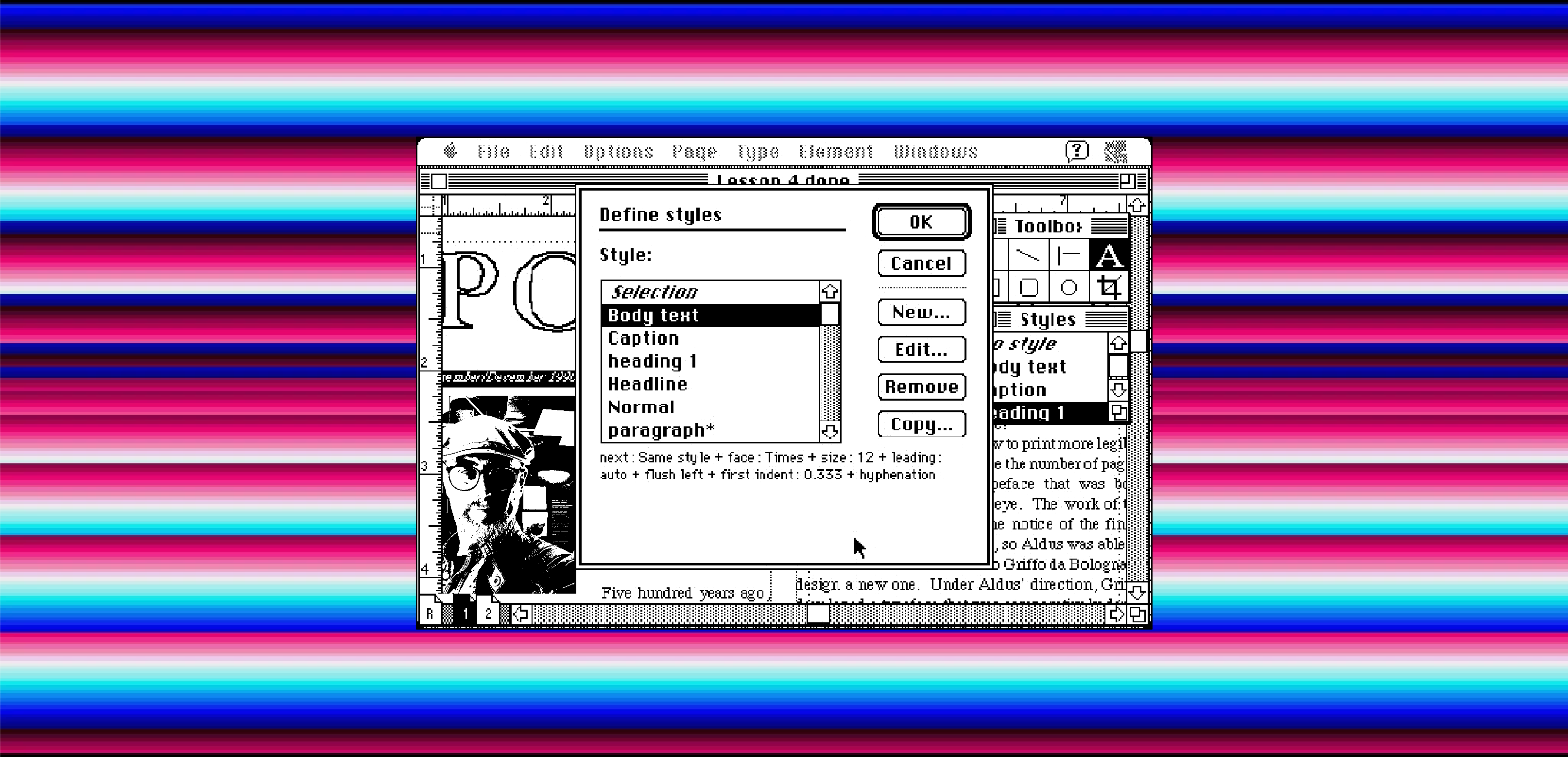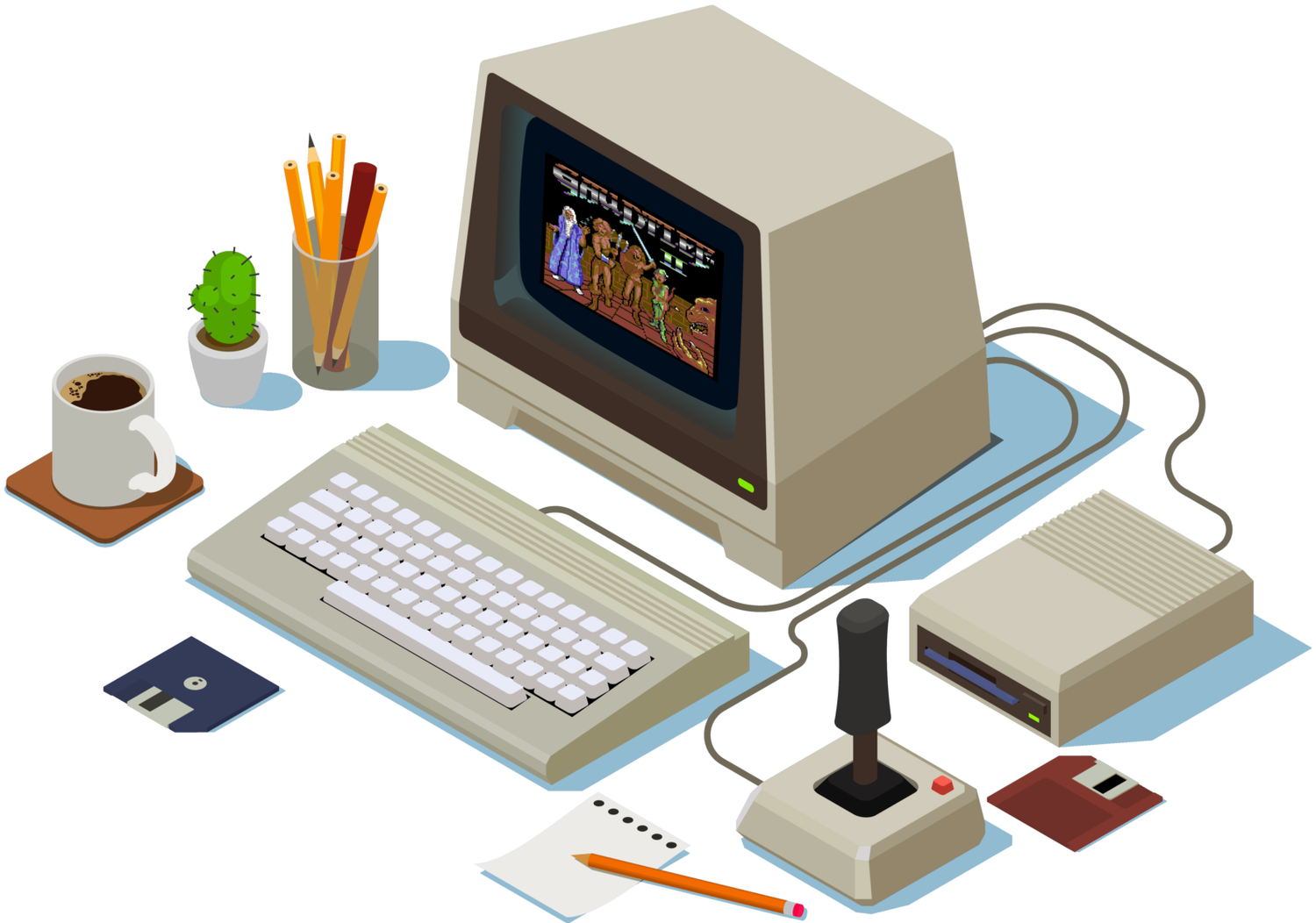Microzeit – Books for Digital People
Since 2016, Microzeit has been synonymous with high-quality books about the computer world of the 1980s and 90s, providing a deeper understanding of the home computer society.

A brief history
We are bold innovators, fearless writers and expert editors of the fantastic microcomputer era.
My name is Marco Breddin and I founded Microzeit [maɪ.krəʊ.zaɪt] in the year of 2016. To ensure quality, our books are created with the help of various freelancers in the areas of layout, proofreading, editing, and distribution. My wife assists me with sales and marketing.
Many years of experience as a graduate designer and technology journalist have given me a deeper vision for the emerging retro market. Microzeit originated from a book series a German game developer which began to profit from its demoscene roots in the late 1980s (Thalion). In order to achieve a narrative through a visual non-fiction approach, we combined dialogues with scene greats and 16-bit pioneers, which formed the theme of the first publication and enabled two sequels. Additional volumes followed on software piracy and the 16-bit marketing war, which led to a “social computer culture”.
I have always been fascinated by pixel art and started in 1985 with Koala Painter on the C64. Two years later, I used NEOchrome on the Atari ST for graphics, logos and scroll texts – which brought me into contact with the demoscene in 1990. A lot of productivity software followed on Windows PCs and Macintoshs, including Aldus PageMaker, Quark Xpress, Macromedia Freehand, Dreamweaver, Flash, Adobe Photoshop, Premiere and InDesign.
Microzeit books offer varied viewpoints with an inclusive and adaptable strategy. We not only provide micro fans with loads of nostalgia, but also uncover valuable insights into the computer scenes and industries of the last century. IT professionals, developers, retro fans, video game enthusiasts, and historians will find value.
Got kids? Our books help bridge the gap in passing down the history of microcomputers to today’s generation through visually engaging content.

No journey without return
Do you remember LCD games and Table Tops with the flair of miniature arcades? Atari 2600 (VCS) and Philips G7000 (Magnavox Odyssey II) were to follow. A European computer journey like mine continued with the C64 (1984) and Atari ST (1987). It cumulated amidst friends from the demoscene, coders, gamers, musicians and swapping partners on VIC-20, C16, Amstrad CPC, and Amiga as well as Super Nintendo and Sega Megadrive (Genesis). Sony Playstation vs. Microsoft XBOX were the next. Ultimately, it was mainly Windows PCs and, for a short time, the Nintendo Wii which were able to revive the gaming world of my past.
